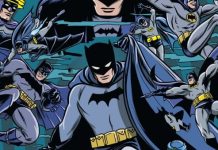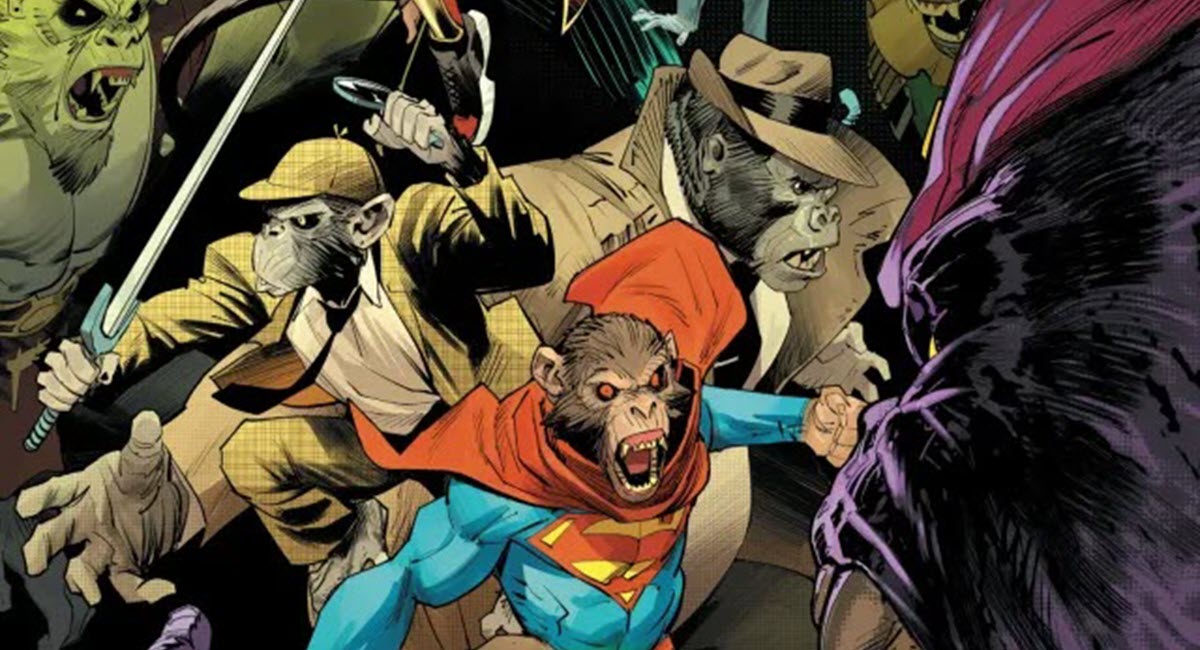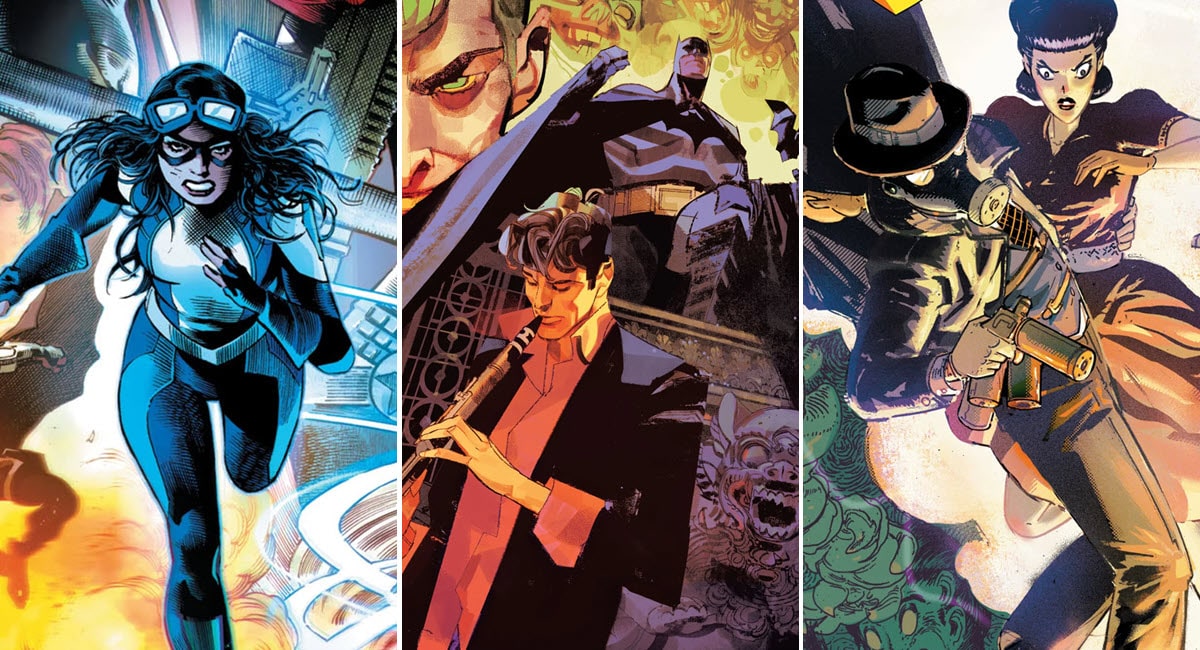First issues are easy – it’s the second issue where you get the proper measure of where a story is going, how it’ll play out, and what the style is going to be like. Of course, that isn’t really the case when you’re reviewing a comic which adapts a movie and follows the plot of the film very closely, but still. Django Unchained #2 is based on Quentin Tarantino’s screenplay for the movie, but adapted for comics by Reginald Hudlin – a man no stranger to comics, but who also produced the movie itself. So he’s got a rather good grasp on the story. Art is from R.M. Guera and Jason Latour.
Is it worth reading if you’ve seen the film? Well, perhaps not, really. The comic serves to tell the exact story as the film, albeit with a few new additions and edits around the way (it’ll be interesting to see in particular how Hudlin deals with the weaker sections of the film, which come near the end and feature ‘Australians’). But it’s also an adaptation worth making, as the story provides a punch not seen in Vertigo for years now. It’s not a safe story to tell, and it crashes into race and class discussion with verve and passion.
The basic premise here is that a bounty is out on a group of men in the wild west, and only one man knows them by sight – Django. But Django is a black man during a time of slavery, and his every move is viewed with derision and hate by a hostile society. He is freed from slavery by a bounty hunter, and they go to track down the outlaws. But beyond that, Django wants to track down the white guy who took his wife (literally took – she is also a slave) and get her back. And kill the man.
Standard Tarantino fare, then. Revenge scenarios have become his go-to story recently, because it allows him to have incredibly violent lead characters whilst still justifying all the blood and horror. His last two movies dealt with female fury – now he’s stepping headfirst into American racial politics (and lack of). The narrative works well in comic book form, as the story dips frequently into fight scenes to keep readers entertained, and the characters stand out from the crowd.
If you’ve seen the film, then you’re getting an inferior telling of the story, however. This is no slight on Hudlin – who juggles the characters well, gets in every major scene from the film, and lets his artists enjoy themselves with inventive sequencing. But the rapidfire patter from Tarantino doesn’t translate as well into the comic. The lettering here is cramped, as great batches of script are gathered into large word balloons rather than a series of smaller ones which jump back and forth – which stymies the flow of the dialogue. And no matter how much character the artists can put into each scene, it’s very difficult to match up to actually watching Jamie Foxx and Christophe Waltz deliver dialogue.
But that doesn’t mean this isn’t a pointless project – far from it. R.M. Guera delivers a masterclass in how to draw out tension from a pause, with some beautiful wordless sequences which do everything to tell both the context and subtext of each scene. He’s coloured beautifully by Giulia Brusco, who does lovely work in setting the mood for each page. And the scripting selectively picks out the best parts of each scene and rips out the extraneous moments. In the film, there is a lengthy sequence featuring members of a racist posse bickering with each other. The comic takes that scene and cuts out the length, editing out the filler and repetition in order to get to the core of the joke.
There’s also some great work from Jason Latour, who draws a few pages of fantasy sequence here. This is again coloured excellently, adding a detail to the story which wasn’t present in the film. While the movie has the advantage of actors, the comic has the advantage of fantasy. It can add to a story in ways Tarantino can’t without seeming hokey.
I’ve seen the film, so my experience of the comic will be vastly different to somebody experiencing the story for the first time. It’s interesting to review something which exists in this form – the story has already been told elsewhere, making this an art project above all else. But this isn’t a cheap or lazy cash-in trading on Tarantino’s name. Django Unchained #2 proves itself to be a solid addition to the overall story of Tarantino’s hero, and will likely make for a brilliant trade once the story concludes. Worth a look.









django should be gay as superman
How many issues will this adaptation be?
Nothing said Django was the only one who, “knows them by sight.” He said you’re exactly the one I’m looking for. He did not imply Django was the only person from the Carrucan Plantation that knew the Brittle brothers, or was the only person still alive from the Carrucan Plantation that might know the Brittle brothers.
If this love story was a Revenge scenario, then it seems like Django would be going after the people who owned the Carrucan Plantation and hired the Brittle brothers, who were only employees. The Brittle brothers did not own Django.
Comments are closed.